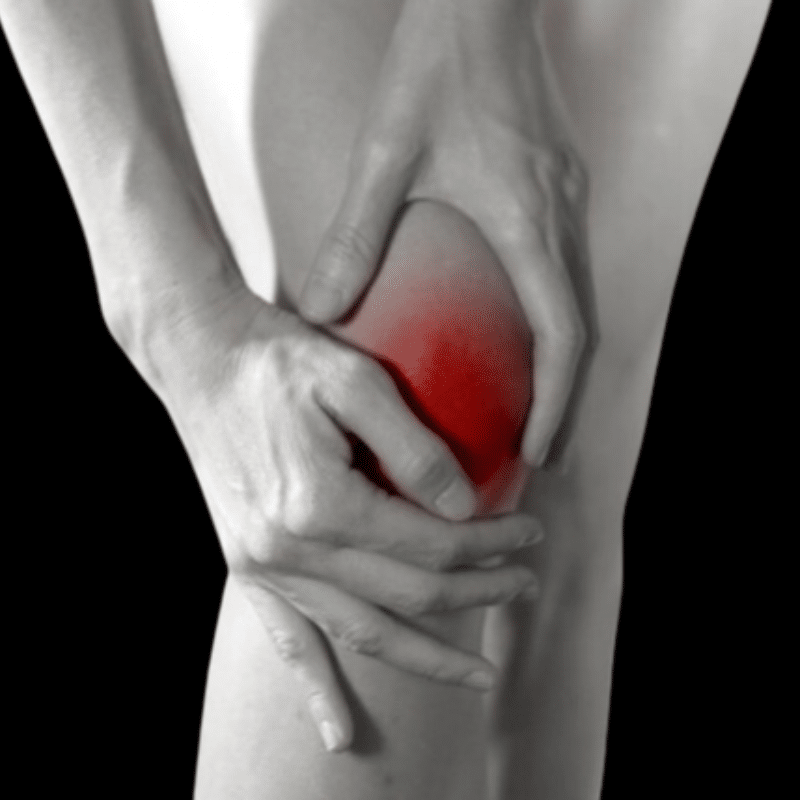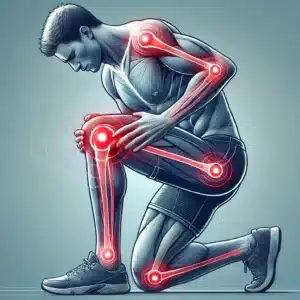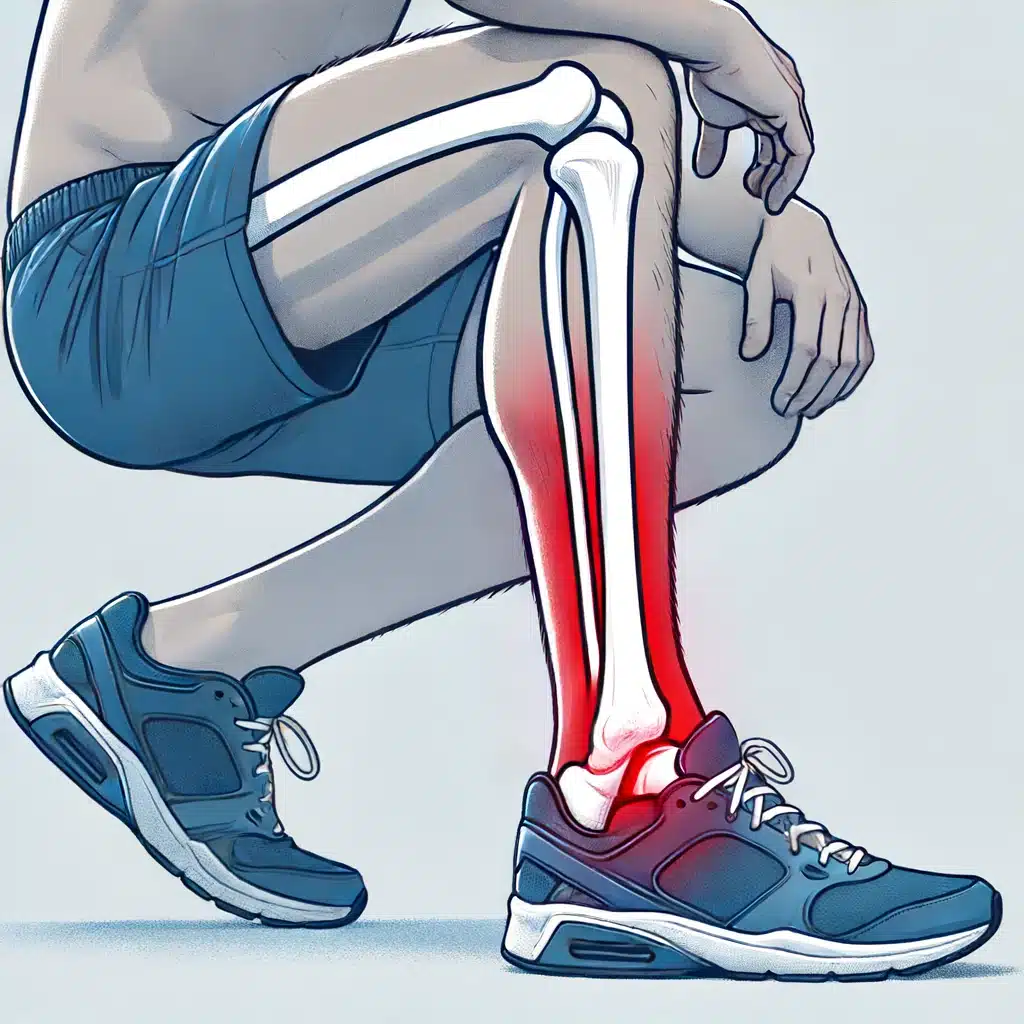Engaging in sports offers numerous health benefits, from improving cardiovascular fitness to enhancing mental well-being. However, the repetitive nature of many sports activities can lead to overuse injuries, which are common among athletes across various disciplines. These injuries occur when muscles, tendons, and bones are subjected to repetitive stress without adequate rest and recovery.
This Muscle and Motion article examines the common overuse injuries seen in athletes. We explore their prevalence in different sports and discuss strategies for prevention and management. Understanding these injuries and implementing appropriate measures can help athletes maintain their performance while reducing the risk of overuse injuries.
What are overuse injuries?
Overuse injuries, also known as chronic injuries, result from cumulative trauma or repetitive stress in sports. Unlike acute injuries, which occur from a single traumatic event, overuse injuries develop gradually due to repeated minor strains. These injuries arise when there isn’t enough recovery time for the affected area to heal correctly.[1]
While acute injuries are common in high-speed or contact sports like soccer, football, and wrestling, overuse injuries are more frequent in low-contact sports involving prolonged training sessions or repetitive movements, such as long-distance running, rowing, and swimming. The consequences of overuse injuries include loss of playing time, reduced function, psychological fatigue, and pain. Since symptoms of overuse injuries increase gradually, athletes may not recognize the severity of their condition, leading to both physical and psychological challenges that can impact recovery and performance.[1]
Which sports have a high risk of overuse injuries?
A systematic review by Charlène Chéron et al. investigated the prevalence of overuse injuries across various sports. The incidence rates of overuse injuries per 1000 athlete exposures (AEs) are listed below, from the highest to the lowest prevalence:
- Running: 19.4% – 79.3%
- Gymnastics: 50% – 71%
- Soccer: 37% – 68%
- Cycling: 35% – 61%
- Basketball: 23% – 40%
- Tennis: 20% – 49%
- Gym: 10%
These rates highlight the variability in overuse injury risks across different sports, influenced by the nature of physical activities and the repetitive stresses placed on the body.
Types of overuse injuries in sports
1. Stress fractures
Medial Tibial Stress Syndrome (MTSS) is a condition that causes pain along the shinbone (tibia), the large bone in the front of your lower leg. It’s particularly prevalent among runners, affecting about 9.5% of them, but it can also impact people who engage in activities with high levels of walking, jumping, or running.[4] Stress fractures can occur in other areas of the body depending on the type of sport. For example, dancers often experience stress fractures in the metatarsals. At the same time, basketball players might have them in the tibia or fibula due to the repetitive jumping and running associated with the sport.
2. Tendinitis
Tendinitis is the inflammation of a tendon, the tissue that connects muscles to bones. Repetitive motion and overuse are the most common culprits of this condition. Common types include:
- Patellar tendinitis: Patellar tendinitis is an inflammation of the patellar tendon commonly found in athletes. Its prevalence is 0.1% in the general population and 18.3% in athletes.[4]
- Tennis elbow (lateral epicondylitis): This condition is characterized by pain and inflammation on the outer part of the elbow, caused by overuse of the forearm muscles and tendons. It is common among athletes, especially those who perform repetitive arm motions.
- Achilles tendinitis: One of the most common injuries, affecting 10.3% of runners. This condition, often resulting from overuse, involves inflammation or degeneration of the Achilles tendon.
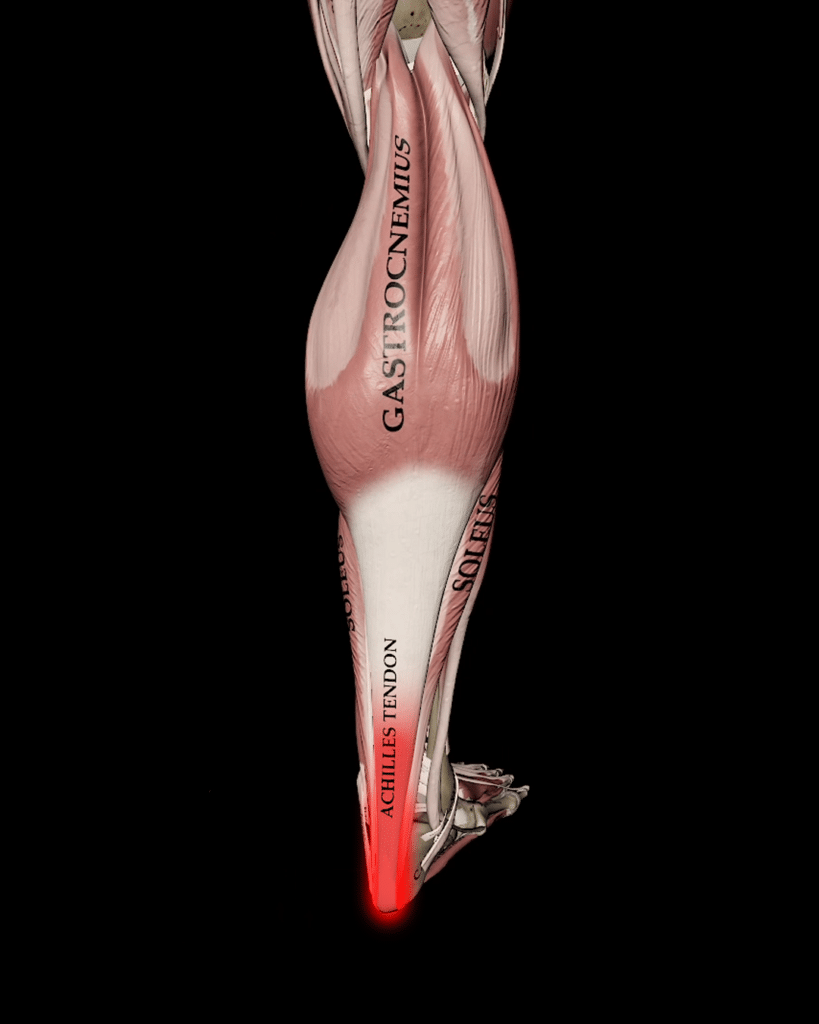
3. Rotator cuff injuries
The rotator cuff, a group of muscles and tendons that stabilize the shoulder, is particularly susceptible to overuse injuries, especially in sports requiring repetitive overhead motions like swimming, tennis, and baseball. In the general population, the prevalence of rotator cuff tears ranges from 9.7% to 62%.[5] Among athletes, rotator cuff injuries are quite common. For instance, during the Rio 2016 Summer Olympics, researchers detected rotator cuff abnormalities in up to 89% of athletes who underwent shoulder MRI scans, with the highest prevalence found among swimmers, volleyball players, and gymnasts.[6]
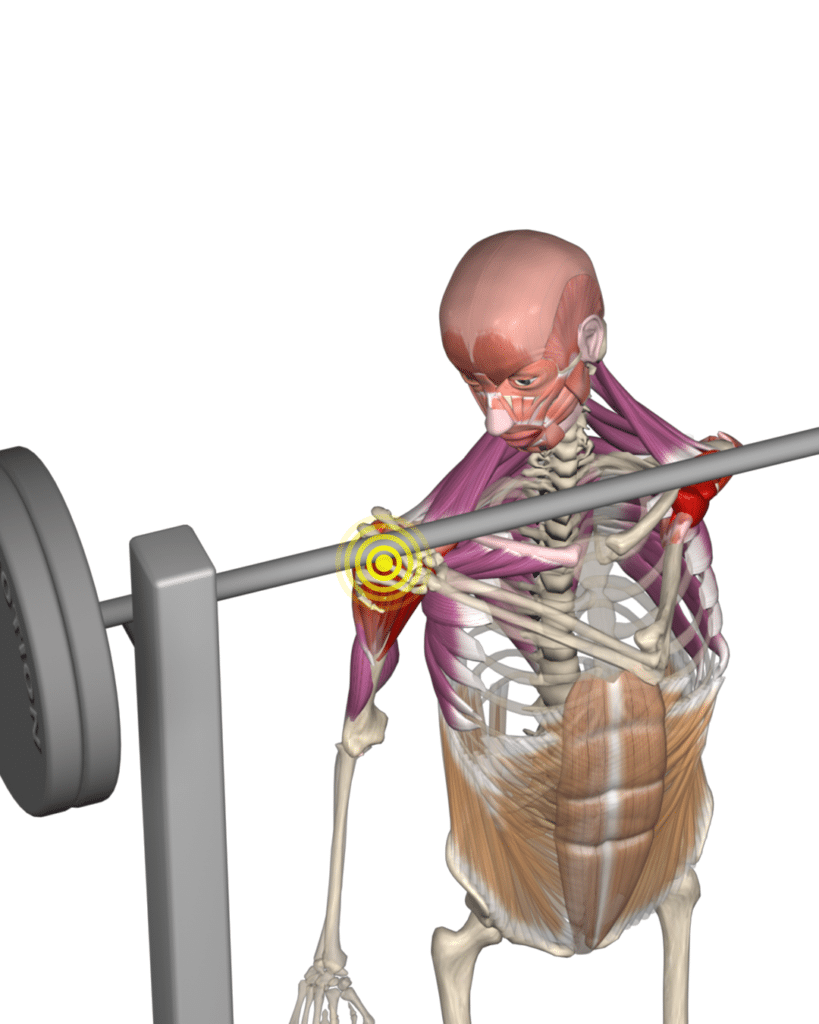
To learn more about rotator cuff injuries, read our blog: Managing Rotator Cuff Related Shoulder Pain.
4. Iliotibial band syndrome (ITBS)
ITBS affects 7.8% of runners. ITBS is characterized by pain on the outside of the knee, where the iliotibial band, a ligament that runs down the outside of the thigh from the hip to the shin, becomes tight or inflamed.[4]
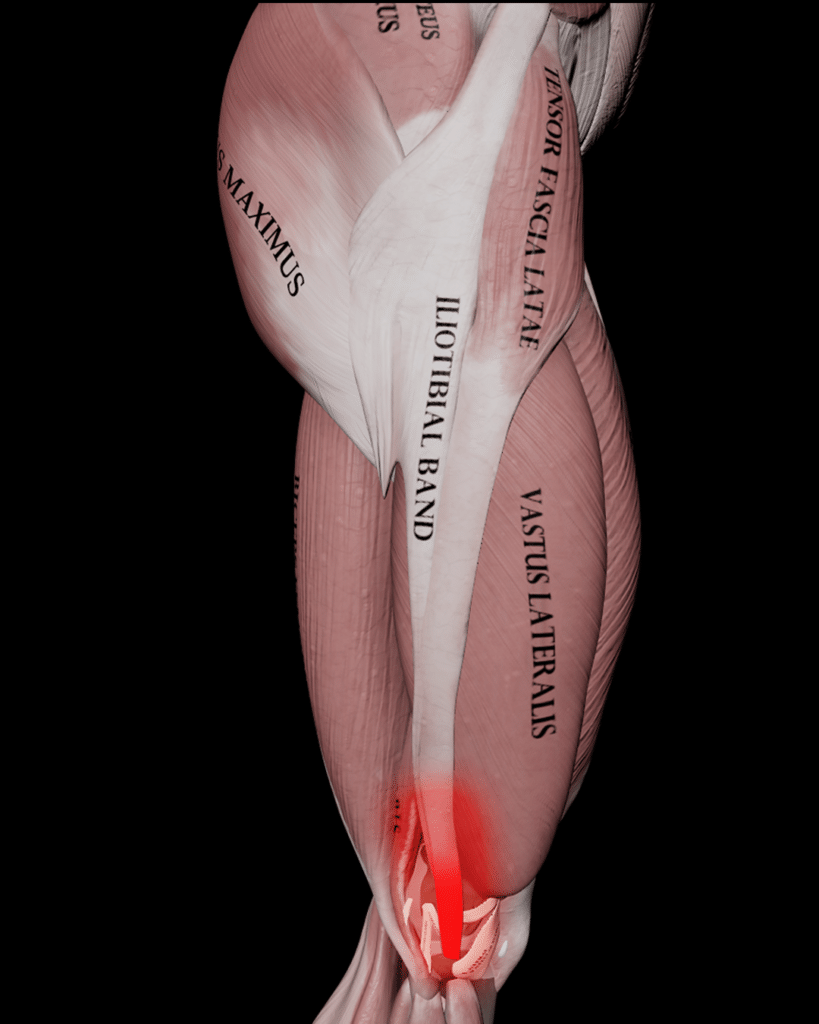
5. Plantar fasciitis
Plantar fasciitis is an inflammation of the plantar fascia, the ligament that connects the heel bone to the toes. This condition is prevalent among runners and athletes who spend a lot of time on their feet, with a prevalence of 9.1% among runners.[4] Symptoms are often most severe during the first steps after waking up or after extended standing periods.
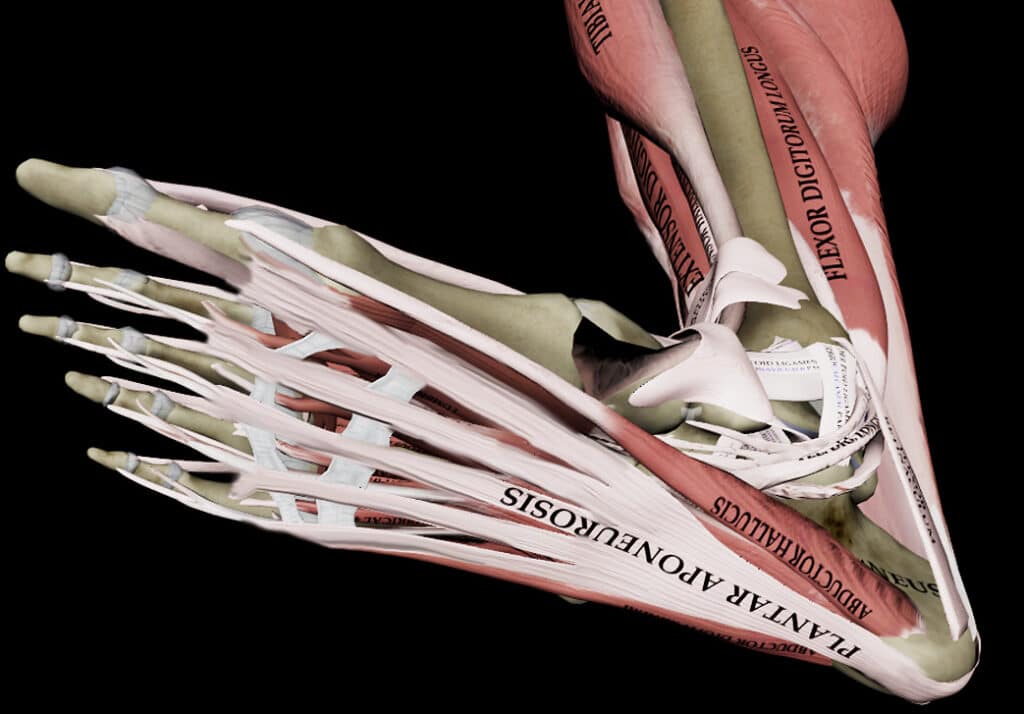
9 tips to reduce overuse injuries
Overuse injuries are common for athletes and fitness enthusiasts, arising from repetitive strain on specific muscles and joints without adequate rest. Preventing these injuries requires a multifaceted approach that includes proper training techniques, rest, nutrition, and varied exercise routines. Here are nine essential tips to help you minimize the risk of overuse injuries and maintain an active life:
- Gradual load increase: Rapidly increasing the training load is a common cause of overuse injuries. To prevent overuse injuries, gradually increase your workouts’ volume, load, and intensity. If you’re unsure how to do this, follow the general rule of not increasing the weekly load by more than 10%. If you already have an overuse injury, consider decreasing your activity load until you can exercise without pain, then gradually increasing it to reach your previous fitness level.
- Variety: Repeating the same exercises can lead to overuse in specific muscle groups and joints. To prevent this, incorporate various exercises into your routine to strengthen muscle groups and avoid localized overuse. In aerobic sports, this is also known as cross-training, which involves participating in different types of exercise to improve overall fitness and reduce the risk of injury.
- Technique: Proper technique enhances performance and reduces the risk of overuse injuries. Adjusting your technique can shift the load from painful areas to different muscle groups, helping alleviate pain and promote recovery. This allows you to continue your preferred activities without aggravating existing injuries.
- Rest and recovery: Rest is essential in any training program. Include rest and recovery days between workouts to allow your muscles and joints to heal and rebuild.
- Proper nutrition and hydration: Balanced nutrition and hydration are essential for recovery after training. Your body requires carbohydrates, protein, and vitamins to recover, build muscle, and replenish energy stores for your next workout. Insufficient intake of calories and protein can lead to overuse injuries, such as stress fractures. One notable example is the Female Athlete Triad, which involves energy deficiency, menstrual disturbances, and decreased bone density.
- Strength training: Strength training significantly reduces the risk of sports injuries, including overuse injuries. According to a systematic review by Lauersen et al., incorporating strength training into your routine can lower injury rates by nearly half. Strength training builds muscle resilience, improves joint stability, and enhances overall physical performance.[7] Examples of strength training exercises include squats, deadlifts, and bench presses.
- Proprioception training: Proprioception exercises enhance joint stability and neuromuscular control, which are critical factors in preventing overuse injuries. These exercises improve your body’s ability to sense its position and movement in space, increasing coordination and balance and reducing the likelihood of injuries. Proprioception exercises include balance drills on a Bosu ball, single-leg exercises, and agility ladder drills.
- Avoid prolonged stretching: Relying solely on prolonged stretching is ineffective in reducing overuse injuries. Stretching alone should not be the primary preventive measure.[7] Instead, it should be complemented with strength and proprioception training, effectively preventing injuries. Stretching can still be beneficial as part of a comprehensive fitness program but should not be the main focus for injury prevention. Examples of beneficial stretching include dynamic stretches like leg swings and arm circles as part of a warm-up routine.
- Listen to your body: Rest is essential in any training program. Ensure you include rest and recovery days between workouts to allow your muscles and joints to heal and rebuild. Additionally, ensure you get enough sleep, as it plays a crucial role in your body’s recovery and overall performance.
In summary, overuse injuries are a significant concern in sports involving repetitive movements and prolonged training. Understanding the common types of these injuries and their prevalence across different sports is crucial for effective prevention and management.
The Strength Training App will help you understand what happens in your body during each exercise, allowing you to adjust loads to prevent injuries. By combining gradual load increases, varied training, proper technique, adequate rest, balanced nutrition, strength training, proprioception exercises, and listening to your body, athletes can significantly reduce the risk of overuse injuries.
Ever wondered what makes our anatomical animations so accurate and engaging? Click here to learn about our Quality Commitment and the experts behind our content.
At Muscle and Motion, we believe that knowledge is power, and understanding the ‘why’ behind any exercise is essential for your long-term success.
Let the Strength Training App help you achieve your goals! Sign up for free.
Reference:
- Yang, J., Tibbetts, A. S., Covassin, T., Cheng, G., Nayar, S., & Heiden, E. (2012). Epidemiology of overuse and acute injuries among competitive collegiate athletes. Journal of Athletic Training, 47(2), 198–204.
- Chéron, C., Le Scanff, C., & Leboeuf-Yde, C. (2017). Association between sports type and overuse injuries of extremities in adults: a systematic review. Chiropractic & Manual Therapies, 25(1).
- Klimek, C., Ashbeck, C., Brook, A. J., & Durall, C. (2018). Are injuries more common with CrossFit training than other forms of exercise? Journal of Sport Rehabilitation, 27(3), 295–299.
- Kakouris, N., Yener, N., & Fong, D. T. P. (2021). A systematic review of running-related musculoskeletal injuries in runners. Journal of Sport and Health Science, 10(5), 513–522.
- Bravi, M., Fossati, C., Giombini, A., Macaluso, A., Lazzoli, J. K., Santacaterina, F., Bressi, F., Vorini, F., Campi, S., Papalia, R., & Pigozzi, F. (2022). Criteria for return-to-play (RTP) after rotator cuff surgery: A systematic review of literature. Journal of Clinical Medicine, 11(8), 2244.
- Murakami, A. M., Kompel, A. J., Engebretsen, L., Li, X., Forster, B. B., Crema, M. D., Hayashi, D., Jarraya, M., Roemer, F. W., & Guermazi, A. (2018). The epidemiology of MRI detected shoulder injuries in athletes participating in the Rio de Janeiro 2016 Summer Olympics. BMC Musculoskeletal Disorders, 19(1).
- Lauersen, J. B., Bertelsen, D. M., & Andersen, L. B. (2014). The effectiveness of exercise interventions to prevent sports injuries: a systematic review and meta-analysis of randomised controlled trials. British Journal of Sports Medicine, 48(11), 871–877.
